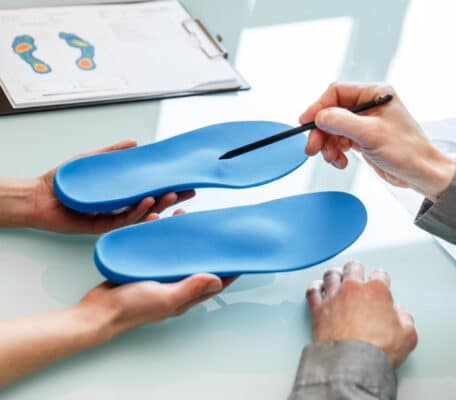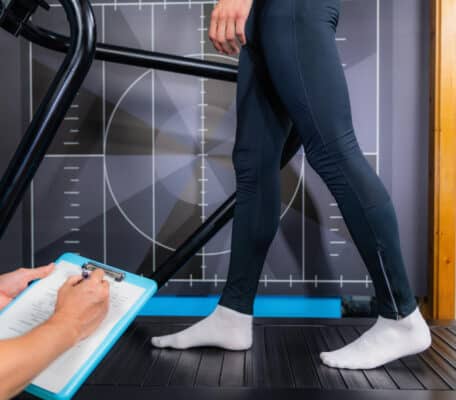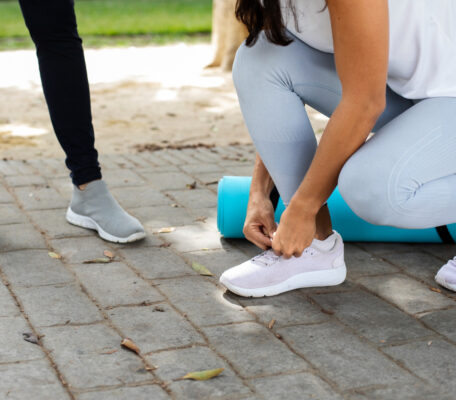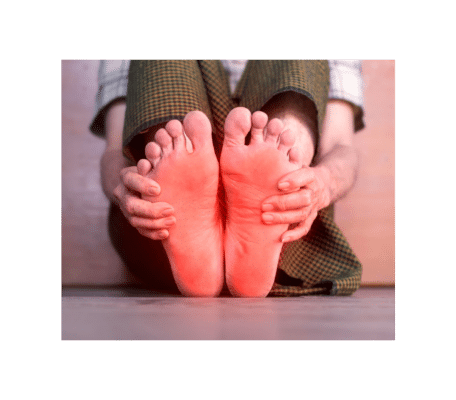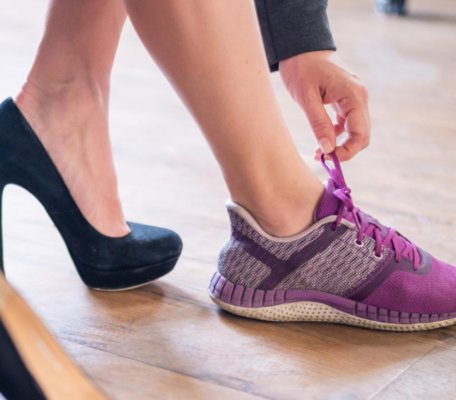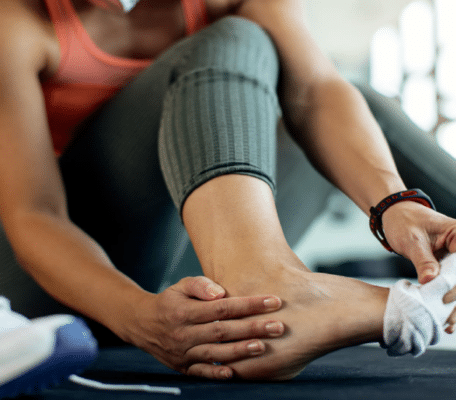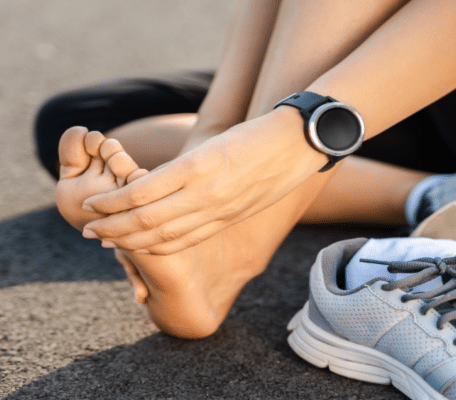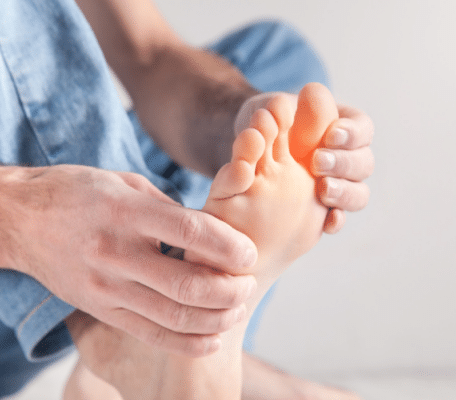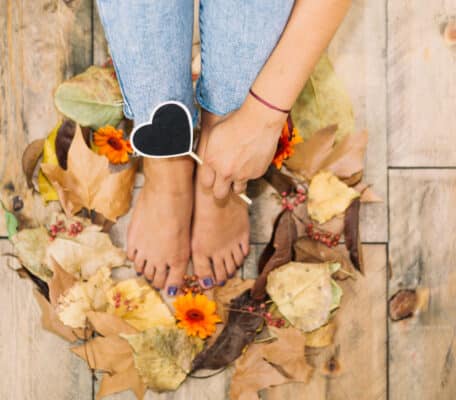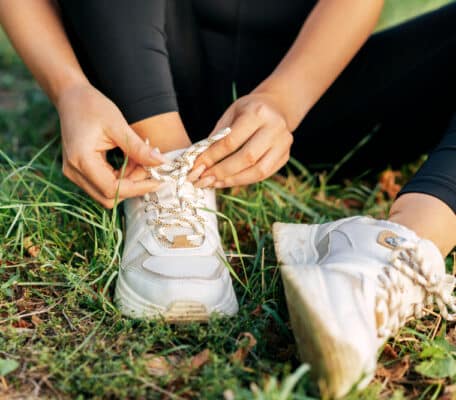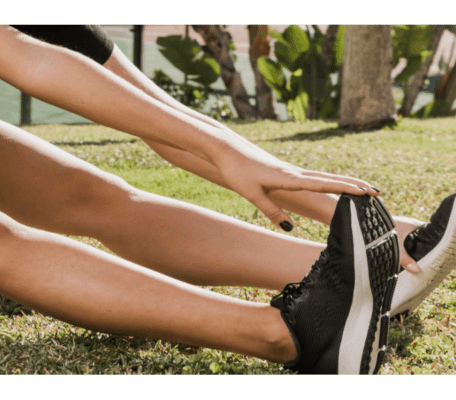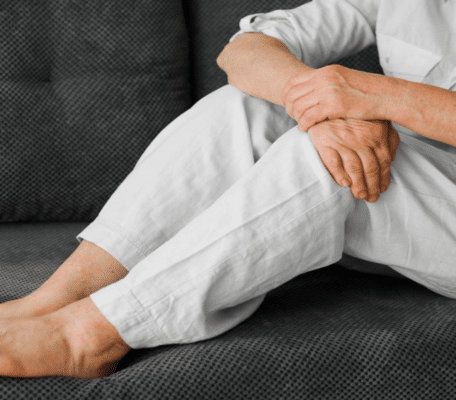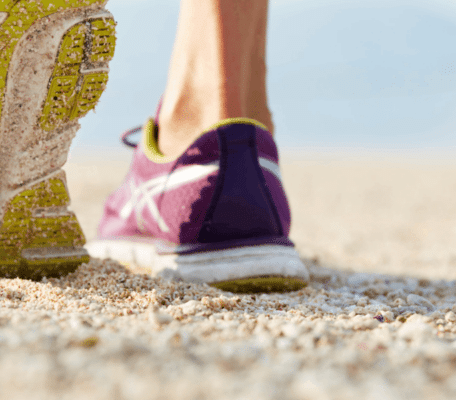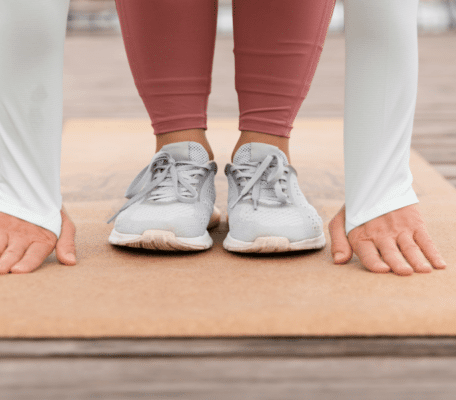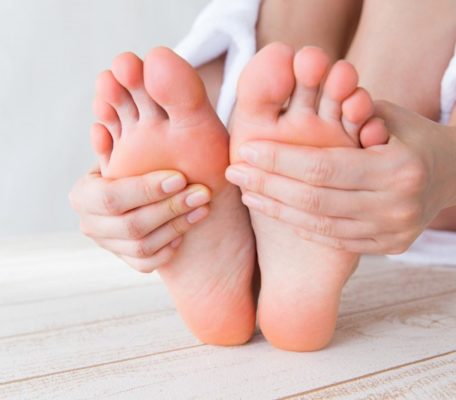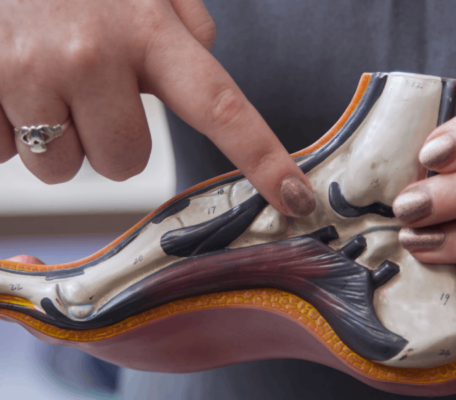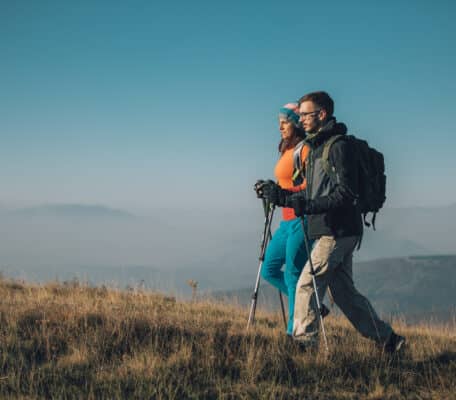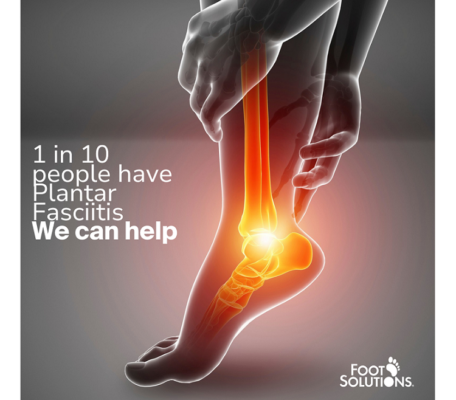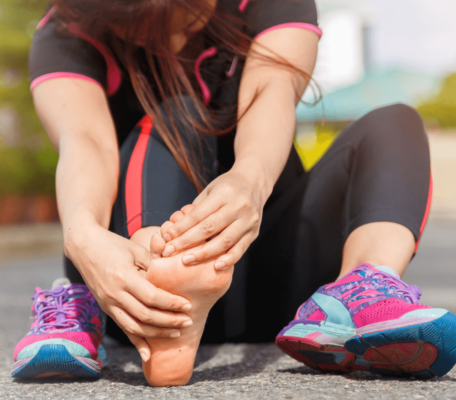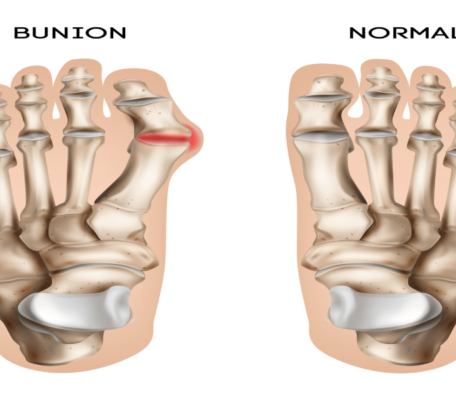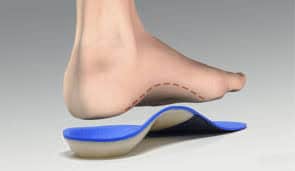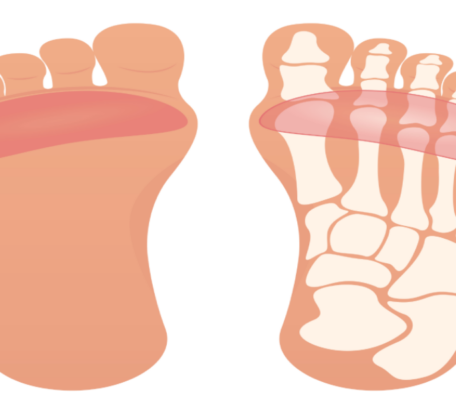Why older people fall & how to reduce it
Falls are a common hazard in later life, and can lead to serious injury. But even the fear of falls can drastically restrict your freedom as an older person. Existing health problems can be exacerbated by a fall, but health issues can also be made much worse by a reduction in physical activity due to the risk of falling.
So why is there an increased risk of falling for an elderly person? And what can be done to prevent falls? While it isn’t always possible to completely prevent falls, the good news is that there are various fall prevention strategies that can be implemented to greatly reduce the risk of serious injuries and likelihood of falls.
At Foot Solutions, we believe that good health begins from the ground up. Well-cared for feet are a great starting place for reducing your risk of falling. Here is our guide to why older people fall, and what can be done to help.
Why are falls more common amongst older adults?
There are many reasons why older adults might fall, and the best fall prevention strategies take into account each individual situation. This means they result in a personalized fall prevention plan which will be much more effective than a general cautious approach.
As we age, we are likely to slow down in our reflexes, meaning we are slower to rebalance if we become unstable. We are also likely to become weaker, making it less likely that we will have the muscle strength required to keep us upright if we trip. Falls in older adults are more common because they are already more likely to have several risk factors in play that increase their chance of falling.
What are the common consequences of falls among older adults?
A fall can be a lot more serious for older people. While in our youth it can feel almost like we bounce – or at least get away with just a bit of bruising – as we age our resilience decreases. This can mean that a simple fall can lead to a major problem, such as a broken hip or hip fractures, head injuries, and broken bones. The cascade of interventions and the stress of treatments and operations on the older person’s body can lead to ongoing bad health and serious injury.
These long term impacts of simple falls make it all the more important to try and prevent falls and mitigate fall risk factors.
General fall prevention strategies
There are some general tips to take on board when you begin to make your plan to prevent falls.
The space
Everyone will benefit from an assessment of their space – what are the fall risk factors here, and how can they be mitigated? Trip hazards should be removed, and assistive devices installed where necessary.
The importance of foot health
Foot health should also be assessed for everyone. It’s common for older adults to develop foot problems that can really affect balance. But many foot conditions can be remedied relatively simply. A visit to foot experts such as Foot Solutions can help prevent falls by improving a person’s foot comfort, and therefore improving their balance and confidence on their feet.
Holistic treatment
Try and get an overview of the older person’s health as part of their lifestyle. Nearly everyone can benefit from being more active, improving their physical confidence and maintaining their reflexes and muscle strength.
Personalize your approach
When forming fall prevention strategies for older people, you will have far more success if you personalize your plan. While some conditions are common in older adults, each individual will have a specific set of circumstances influencing their likelihood of falling. What is more, while some strategies would work well for some older adults, the same strategy could actually negatively impact a different person. For instance, a person with low blood pressure may often feel light headed and this could lead to falls. A medication review could help them overcome this – but of course this wouldn’t help someone with high blood pressure at all.
Things to consider when personalizing your fall prevention strategies
When analysing the reasons older adults might fall, you should consider:
- Is there a specific illness which makes them more likely to fall?
- Do they suffer from a specific condition such as vision problems or deafness which puts them at increased risk of falling? Could glasses or a hearing aid help?
- Does their medication need looking into?
- Have they had previous falls which have caused them to lose confidence? What were the circumstances of these falls and can you introduce measures to help in those specific places (ie grab bars, non slip mats, other assistive devices)?
- Do they have a muscle weakness in a certain area causing them to lose balance? Could this be improved by a specific course of exercise, for instance, tai chi?
- Would their situation be improved with help from a particular source, ie an occupational therapist, an eye doctor, or other healthcare providers?
- Do they simply need more regular check ups from family members – could you implement a schedule?
- Does their physical space need an overhaul – can you remove trip hazards, throw rugs, electrical cords?
Risk factors to consider
When aiming to prevent future falls, risk factors can be placed into three categories. Each category needs a thorough assessment when you are creating your fall prevention plan.
- Health based risks. Is this person’s risk increased because they have a foot condition which affects their balance? How can it be treated? Or perhaps their blood pressure makes them feel light headed? Do they have an issue with bone health that means they are at greater risk of broken bones, and therefore have more fear around falling?
- Trigger based risks. These are more event based, such as slips resulting from sudden shocks, noises, or dogs pulling on leads. Strategic thinking is required to envision situations where these other risk factors can come into play, and to work out how to minimize the risks.
- Environmental risks. These can include everything from risky footwear such as high heels, to trip hazards in the home.
Fall prevention begins from the ground up
If you are concerned about the risk of falling for an older adult in your life, you will be hoping to prevent falls in any way possible. A great place to begin your fall prevention strategies is with a visit to Foot Solutions. Our team of friendly experts will be able to assess feet for common issues that can exacerbate balance problems and other foot health conditions that can increase a person’s risk of falls and fractures. We believe fall prevention begins from the ground up, and are proud that our specialist footwear can help older adults avoid falls and improve balance. Step into Foot Solutions today!


